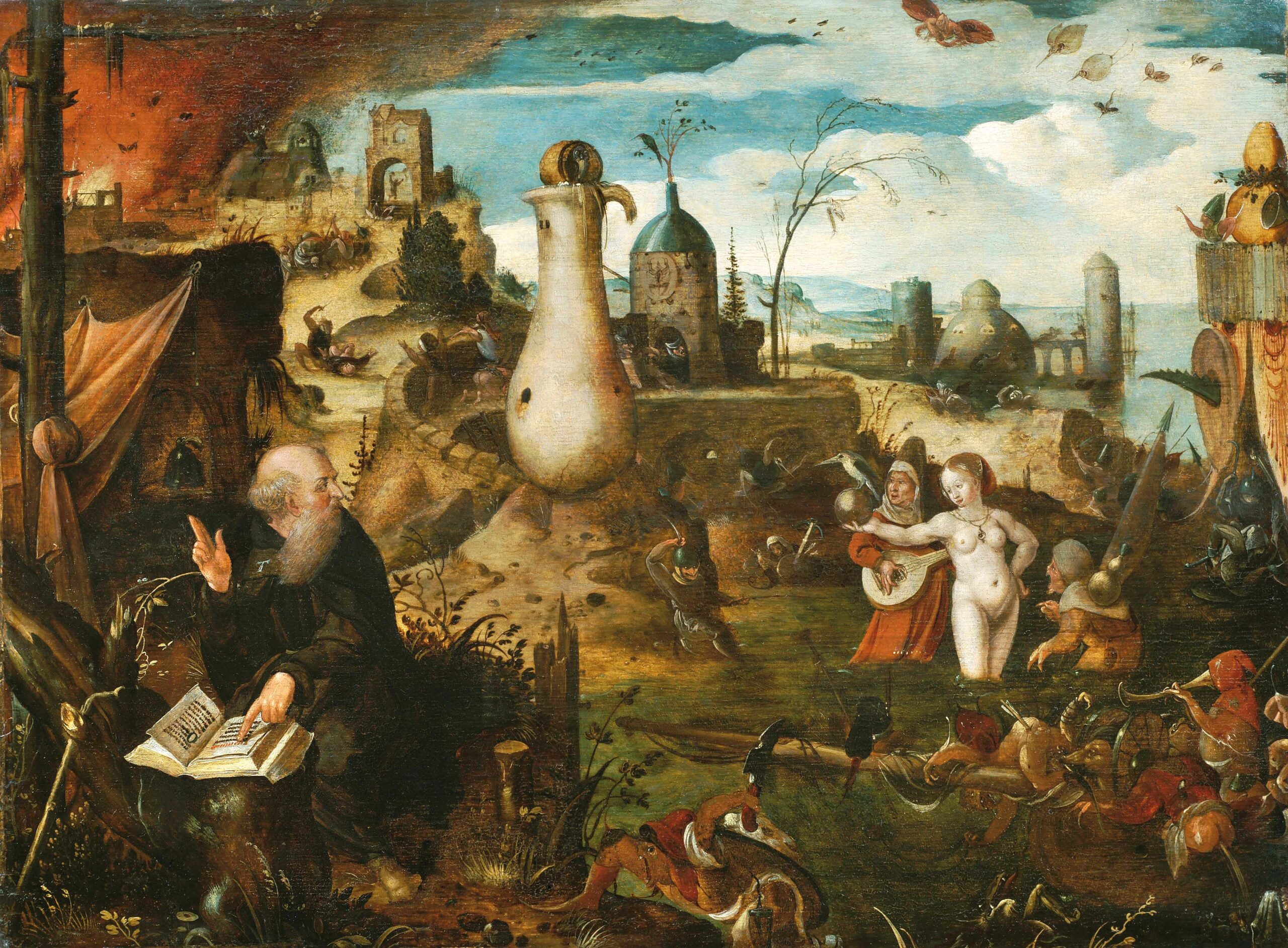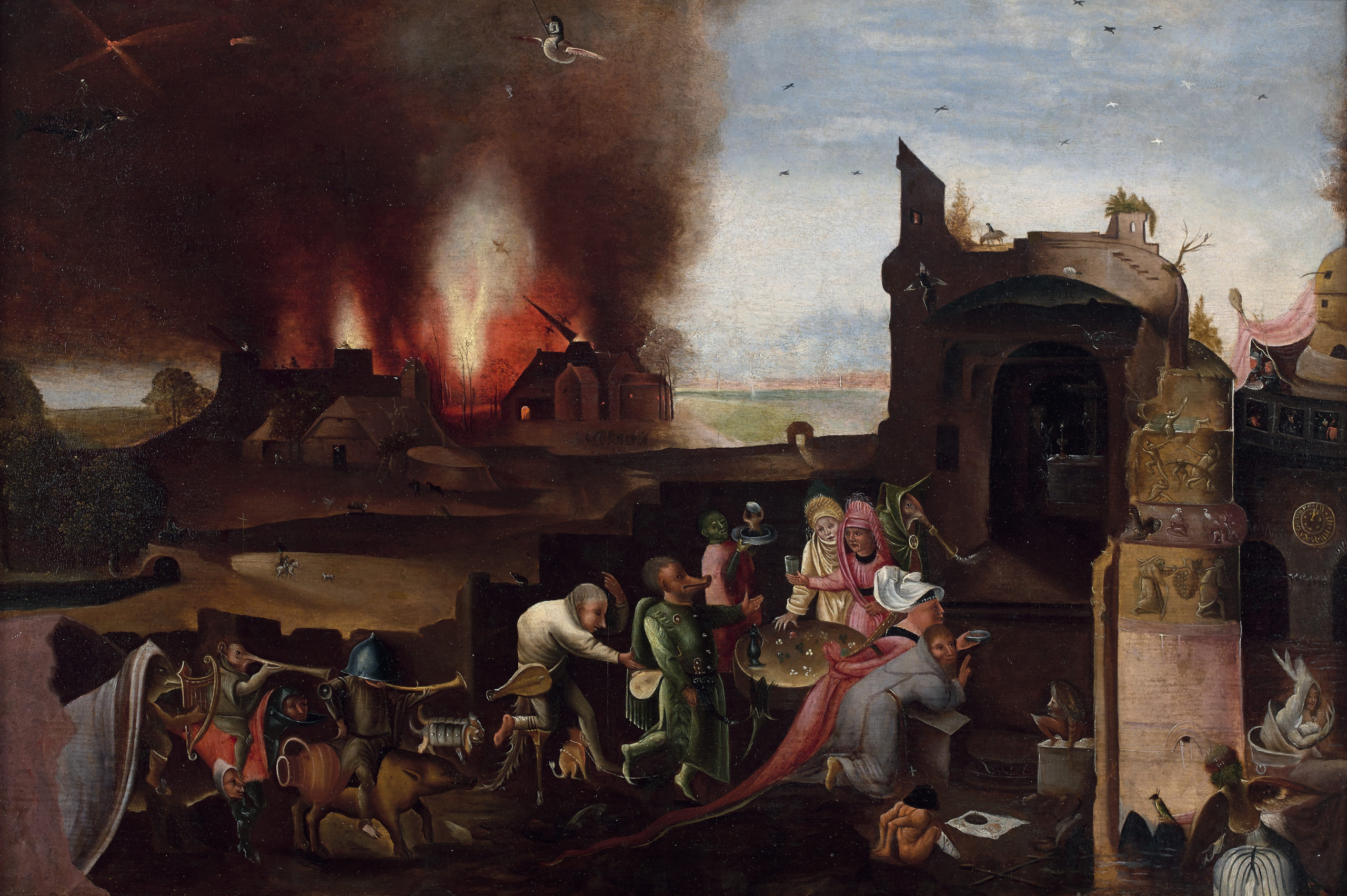
Pieter Huys
Biography
ContextThere are very few written documents concerning Pieter Huys. Born in Antwerp circa 1519, he was the son and pupil of an obscure landscape painter, and the brother of the engraver Frans Huys. He was registered as a master of the Antwerp guild in 1545 and subsequently went into the service of Hieronymus Cock, an engraver and publisher of prints. His name reappears after 1560 at the Plantin publishing house where he was responsible for decorating books. We know of a dozen or so signed works, dated 1547 to 1577, a third of which feature the theme of the Temptation of St Anthony.
Pieter Huys was one of the most skilful successors of Hieronymus Bosch. While dipping into Bosch’s iconographic repertoire of hellish monstrosities, he also learnt to master the technical construction of a coherent whole worthy of the graphic compositions of the master of ‘s-Hertogenbosch and Jan Mandijn, his illustrious contemporary. At the same time, he developed his own imagination by inventing original and audacious forms, thus allowing him to fully participate in the stylistic revolution that gripped the Netherlands during the 16th century, the golden age of the Renaissance in Northern Europe.
This predilection for hellscapes allowed him to portray phantasmagorical scenes of a strange and chaotic world, plagued by demonic powers, where hybrid, composite and absurd beings cohabited. Although he borrowed the ghastly fantastical and nightmarish hallucinations from Bosch, he nevertheless introduced them in a more realistic manner in more credible sites. At the same time, the objectivity in the details of his delirious representations sets him apart from the many mediocre imitators of Bosch.
Pieter Huys played an important role in the satiric genre of the 16th century thanks to his funny rather than disturbing scenes. An excellent colourist, he knew how to subtly combine the legacies of both Bosch and Brueghel.


 The Temptation of Saint Anthony
The Temptation of Saint Anthony
